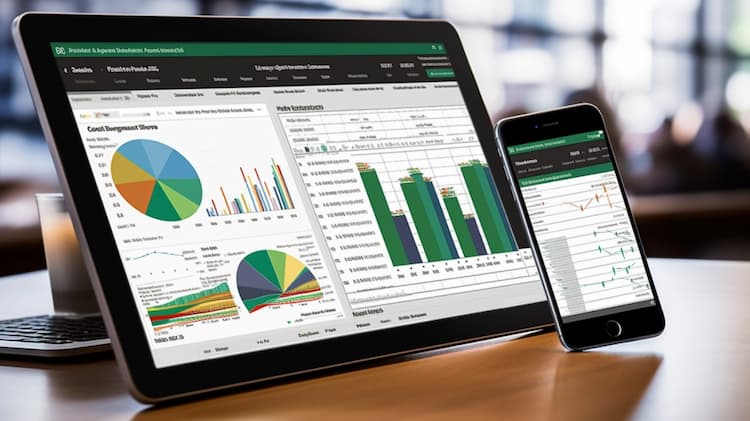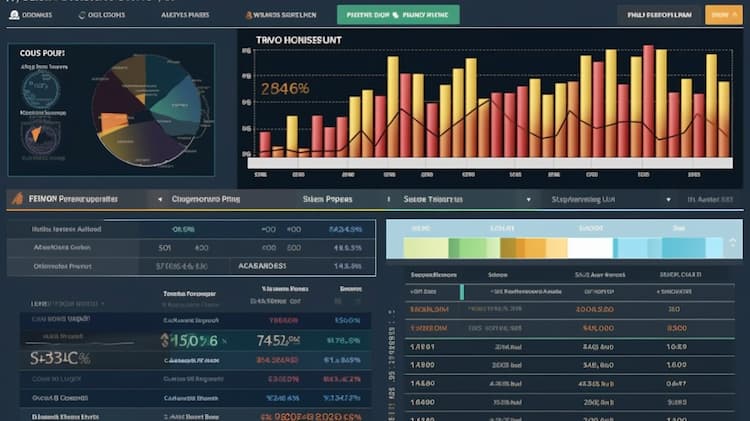
What stocks are in the XLE?
The XLE, also known as the Energy Select Sector SPDR Fund, is an exchange-traded fund (ETF) that tracks the performance of companies in the energy sector of the stock market. It is designed to provide investors with exposure to a diversified portfolio of energy-related stocks.
The XLE includes stocks of companies engaged in various aspects of the energy industry, such as oil and gas exploration, production, refining, and distribution. These companies operate across different sub-sectors, including integrated oil and gas, oil equipment and services, oil refining and marketing, and coal and consumable fuels.
XLE: Understanding the Composition of the ETF
The XLE (Energy Select Sector SPDR Fund) is an exchange-traded fund that aims to track the performance of the energy sector in the stock market. It includes a diversified portfolio of stocks from companies operating in the energy industry, primarily within the United States. The XLE ETF is managed by State Street Global Advisors.
To determine the specific stocks included in the XLE ETF, we can refer to the fund's official website or prospectus. According to the most recent information available, some of the prominent holdings in the XLE ETF are Exxon Mobil Corporation (XOM), Chevron Corporation (CVX), ConocoPhillips (COP), Schlumberger NV (SLB), and EOG Resources Inc (EOG). Please note that the composition of the XLE ETF can change over time due to various factors, including market conditions and fund rebalancing.
What is the expense ratio of the XLE ETF?
The expense ratio of the XLE ETF is the annual fee charged by the fund to cover operating expenses. As of the latest data, the XLE ETF has an expense ratio of 0.13%. This means that for every $1,000 invested in the fund, $1.30 is deducted annually as fees.
Source: XLE Overview - State Street Global Advisors
 XLE overlap What stocks are in the XLE?
XLE overlap What stocks are in the XLE?
What is the performance history of the XLE ETF?
The performance of the XLE ETF can be analyzed by examining its historical returns. Investors can assess the fund's performance over different time periods, such as one year, three years, five years, or since inception. It is important to note that past performance does not guarantee future results.
XLE vs. Other Energy ETFs: A Comparison
When considering investments in the energy sector, investors often compare the XLE ETF with other similar exchange-traded funds. Two popular alternatives to the XLE ETF are the Energy Select Sector Index Fund (VDE) and the iShares U.S. Energy ETF (IYE).
While the XLE ETF focuses on companies in the energy sector, the VDE and IYE ETFs have broader exposure to the sector, including companies involved in equipment manufacturing, services, and distribution. It is essential for investors to analyze the holdings, expense ratios, and performance of different energy ETFs before making investment decisions.
Investing in the XLE ETF: Key Considerations
Before investing in the XLE ETF or any other financial instrument, it is important to consider a few key factors. These include your investment goals, risk tolerance, and time horizon. It is recommended to conduct thorough research, review the fund's prospectus, and consult with a financial advisor, if necessary, to ensure the investment aligns with your objectives.
Additionally, keep in mind that investing in the stock market and ETFs involves risks, including the potential for loss of principal. Diversification and regular portfolio monitoring are crucial for managing risk and optimizing investment outcomes.
The XLE ETF provides investors with exposure to the energy sector by holding a diversified portfolio of stocks from companies in the industry. Some of the prominent holdings in the XLE ETF include Exxon Mobil, Chevron, ConocoPhillips, Schlumberger NV, and EOG Resources Inc. However, it is important to conduct thorough research, review the fund's prospectus, and consider individual investment goals and risk tolerance before making any investment decisions.
Disclaimer: This information is for educational purposes only and does not constitute investment advice. We are not providing any investment advisory services.
Source 1: XLE issuer website Source 2: Reuters article about XLE
XLE quote and analysis
Discover the top holdings, correlations, and overlaps of ETFs using our visualization tool.
Our app allows you to build and track your portfolio.
To learn more about the XLE Energy Select Sector SPDR Fund, access our dedicated page now.
FAQ
What is XLE stock?
XLE is not a stock itself, but the ticker symbol for the Energy Select Sector SPDR Fund. It is an exchange-traded fund (ETF) that represents the energy sector and provides investors with exposure to a diversified portfolio of energy-related stocks.
Does XLE stock pay dividends?
Yes, XLE stock pays dividends. As an ETF representing the energy sector, it receives dividend payments from the underlying stocks held in its portfolio, and a portion of those payments is passed on to investors as dividends.
How to buy XLE stock?
To buy XLE stock, you can open an account with a brokerage firm that offers access to ETFs. Once your account is set up, you can purchase shares of XLE through the stock market by placing an order with the stock's ticker symbol.
What stocks are in the XLE?
The XLE ETF holds a diversified portfolio of energy-related stocks. The specific stocks included in XLE can change over time based on the composition of the underlying index and the fund manager's investment strategy. It typically includes companies from various energy sectors, such as oil, gas, refining, and energy equipment and services.
Are there any alternatives to XLE for investing in the energy sector?
Yes, there are alternative ETFs and investment options available for investing in the energy sector. Some examples include other sector-specific energy ETFs, mutual funds that focus on energy companies, or investing in individual energy stocks. It is recommended to compare the features, costs, and performance of different investment options and consider individual investment goals before making a decision.



